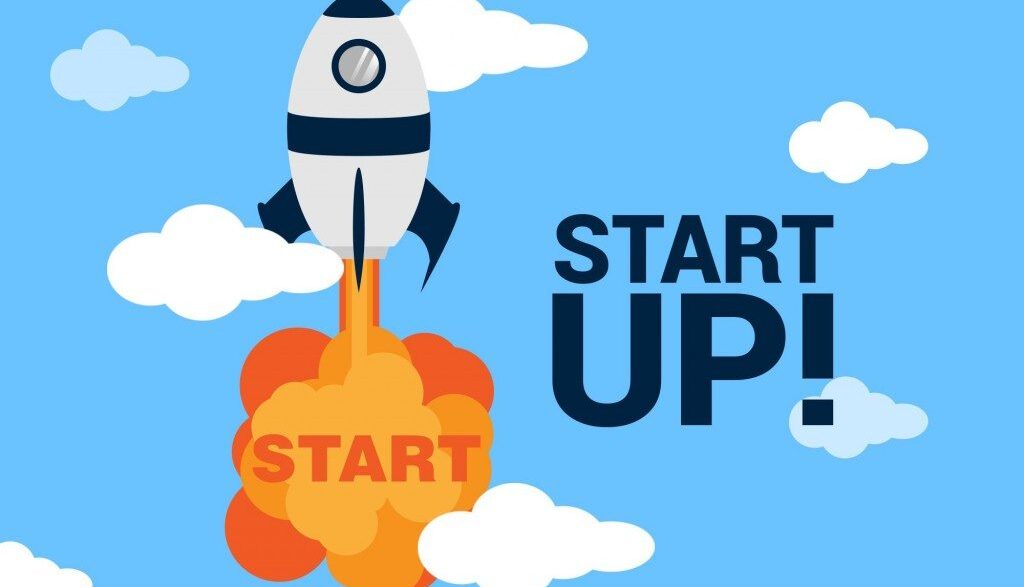In the rush to scale, many founders miss one of the most powerful growth levers available: enterprise distribution partnerships. These alliances can accelerate growth far beyond the limits of one-to-one sales — but only if your startup is truly ready. After investing in over 50 fintech companies, we’ve seen how strategic partnerships can transform startups into market leaders — and what it takes to get there.
When Enterprise Partnerships Actually Work
A well-placed enterprise partnership doesn’t just boost visibility — it offers credibility, customer access, and operational support that would take years to build alone. This is especially true in highly regulated sectors like financial services, where trust and compliance are non-negotiable.
Take BILL, for example. Long before it became a B2B fintech giant, the company focused on proving product-market fit through direct sales. Only after hitting sustainable growth milestones did it pursue channel partnerships — with accounting firms and major banks. That patience paid off. Today, companies like HighRadius, Gusto, and Melio follow a similar model, leveraging banking and platform partners to scale faster with less friction.
Don’t Start with a Partner — Start with Proof
It may be tempting to hunt for big-name partners early, but resist the urge. Your first priority should be building a product that customers love. That means:
- Finding product-market fit
- Earning a high Net Promoter Score (NPS)
- Generating a few million in revenue through direct sales
These wins help you collect marquee customer logos and stories — the kind that impress enterprise partners later. Most importantly, they give you leverage. No major partner wants to take a chance on an unproven solution.
If your product requires integration, build a lightweight workaround first. Use open APIs. Make data transfers seamless. You need to demonstrate real customer value before asking a bank to commit technical resources. Show, don’t sell.
Choosing the Right Distribution Partner
Once your foundation is solid, shift focus to identifying the key players in your customers’ ecosystem. That list becomes your partner pipeline.
Start with smaller, nimble partners — like regional banks or vertical SaaS platforms — where you can test ideas faster and negotiate better terms. Give them early access or co-development rights. These partnerships may not scale, but they can provide proof points for future deals with larger players.
As you iterate, you’ll craft your own playbook for a B2B2B go-to-market motion — one that’s tested, repeatable, and scalable.
Founders, This Part’s on You
Early-stage partnerships aren’t something you can delegate. Founders must lead the first few conversations. These are strategic relationships, and senior execs won’t engage seriously unless you do.
That said, you shouldn’t go it alone. Bring a product or GTM team member to manage the process, handle follow-ups, and eventually own the day-to-day.
You’ll know you’re ready to hire a dedicated partnerships lead when you’ve closed a few deals and need someone to scale the system — not build it from scratch.
Set Up Your Startup (and Your Partner) for Success
Enterprise partners care about results, not just relationships. So before you launch anything, align on:
- Success metrics
- Reporting tools
- Milestone timelines
- Next-step triggers
Start small. We recommend launching with a test email campaign. It’s low-risk, doesn’t require integration, and gives you data quickly. Ask the enterprise partner to send a co-branded email to a few hundred high-fit customers. Don’t obsess over referral fees in the testing phase — if you’re doing most of the work, you can often skip them altogether.
Then track everything. Click rates, open rates, and conversions will tell you if you’re on the right path. Tweak messaging, targeting, and value props until it clicks.
Play the Long Game (But Know When to Pivot)
These partnerships rarely take off overnight. From first conversation to signed deal, expect 12–24 months. And full rollout? That could take up to three years.
Make sure someone senior on the partner’s side is actively involved. Without an internal champion, the deal will stall — guaranteed. But don’t fully walk away if things go cold. Keep in touch. Stay helpful. Offer insights. The timing may shift, and you want to be top of mind when the door opens again.
Final Thought: Enterprise Partnerships Are a Marathon
They’re slow. They’re complex. And they can be transformational — if approached with patience and precision. So build something people want, show your value, and be ready when opportunity knocks.













